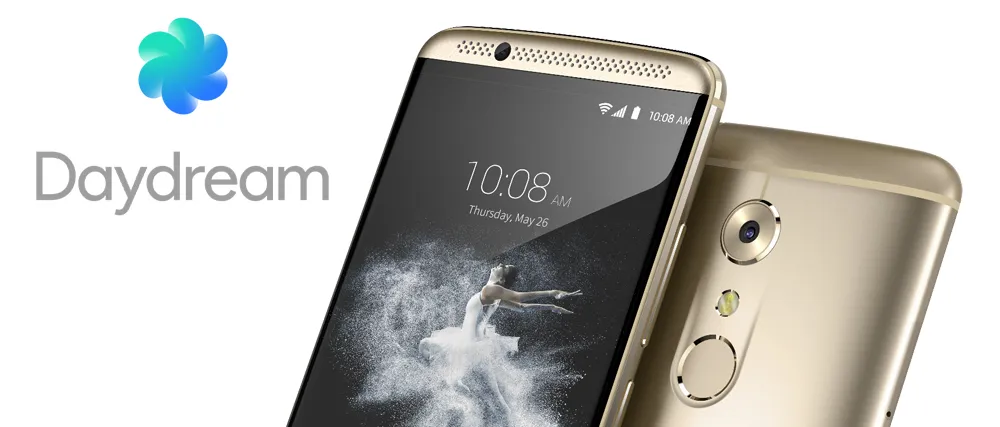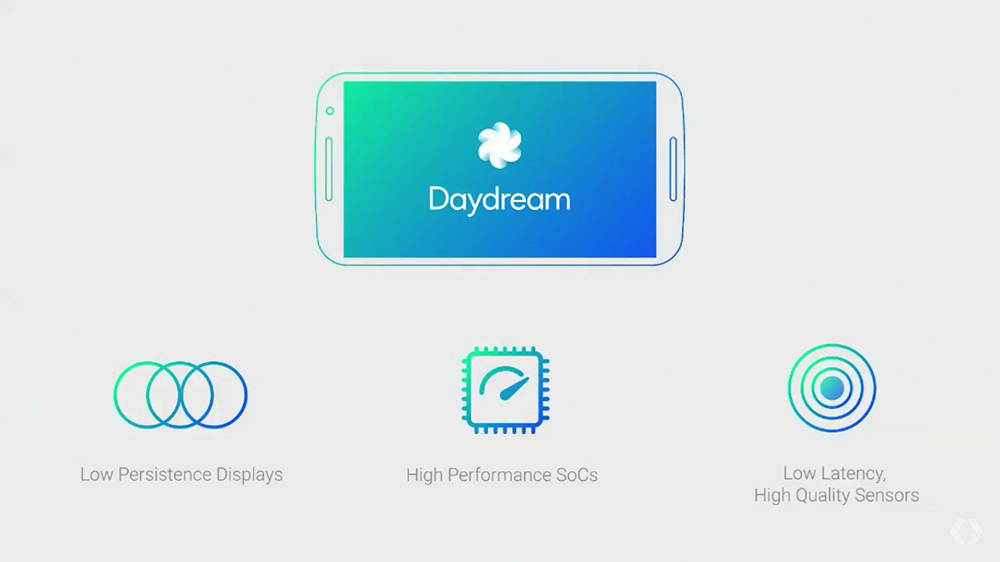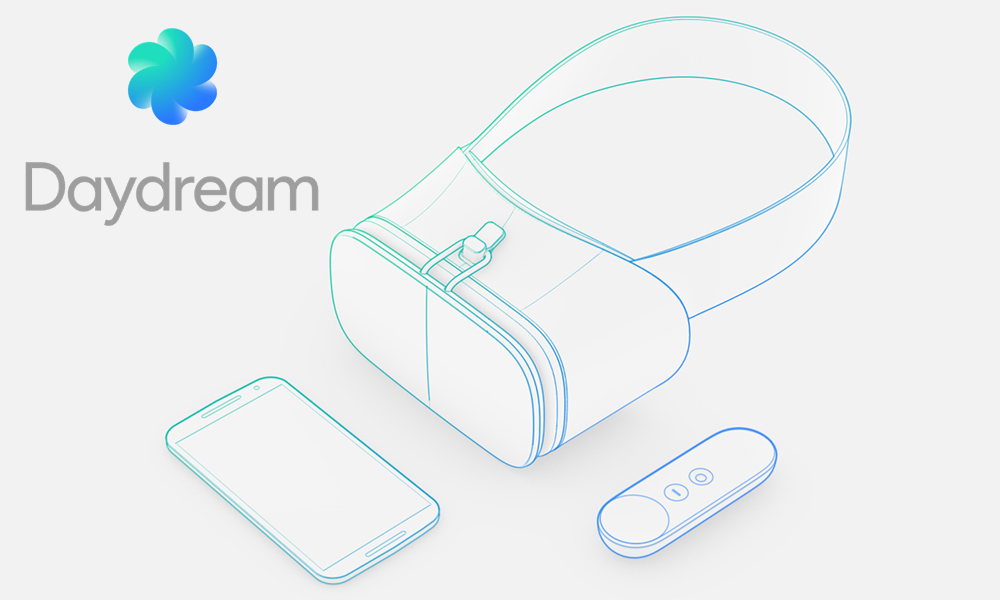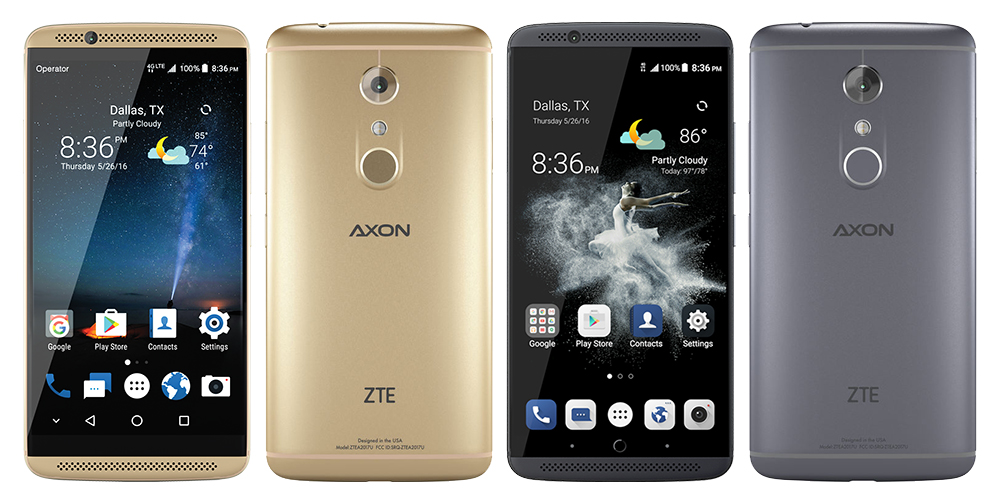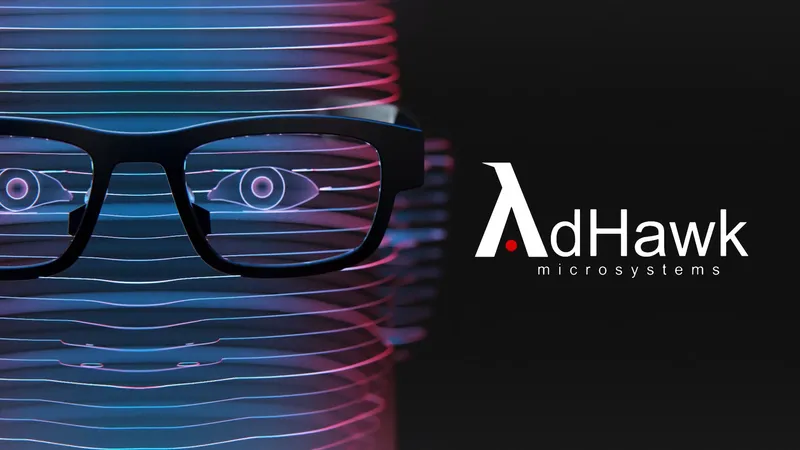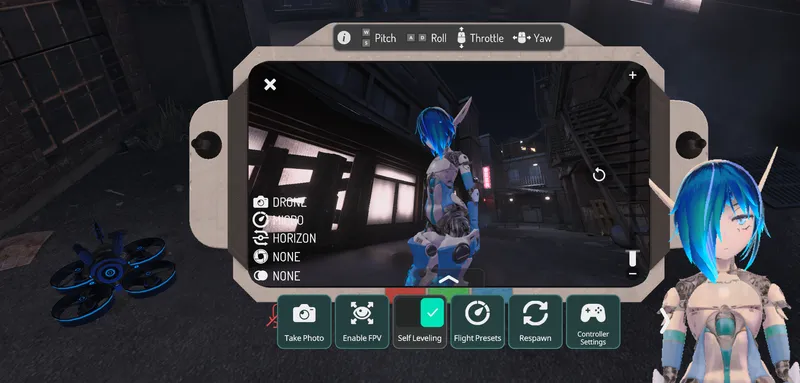At the end of May, Chinese Android smartphone manufacturer ZTE announced its new flagship device, the Axon 7. It’s an all-metal Qualcomm Snapdragon 820-powered device built with VR enthusiasts in mind.
ZTE also said it would be a Daydream-ready device, making it the first to be announced. Pre-orders for the United States and Canada opened up this week, with shipping starting on July 27 and pricing is less than the $500 many were expecting, ringing it at $400 US, $530 CAD.
A Premium Phone for (a Lot) Less
As has been the trend for the past few years starting with the release of the OnePlus One, Chinese Android OEMs have been able to deliver premium smartphones with specifications comparable to flagships from Samsung and HTC for a whole lot less. The Axon 7 is no different, being an all-metal phone with a 5.5-inch WQHD AMOLED display and powered by the same top-end SoC found in the Galaxy S7 (in the U.S.) and HTC 10, the 2.15 GHz Snapdragon 820. ZTE also didn’t compromise in any other department either, quite a feat for the price it is offering this phone for. The Axon 7 runs Android 6.0.1 Marshmallow, has 4 GB of RAM, 64 GB of on-board storage, a microSD slot, dual-SIM support, a fingerprint reader, a big 3,250 mAh battery, and a USB 3.0 Type-C connector with support for Qualcomm’s Quick Charge 3.0 tech. On top of that, it has a 20MP rear camera with OIS (optical image stabilization) and an 8MP front-facing camera. Lastly, ZTE has even paid close attention to its audio performance, including two dedicated AKM audio chips, a DAC and DSP, along with amplified front-facing stereo speakers. If you look at the Axon 7 from its spec sheet alone, it can hang with the best of them.
What to Expect from Daydream-ready Phones
Of course, for us, the most important aspect of the Axon 7 is that it’s a Daydream-ready phone, and its specifications are a clear indicator of what we should expect from other Daydream phones. Out of the features listed above, the key specs that make the Axon 7 ready for Google’s upcoming mobile VR platform are the Snapdragon 820 SoC, the low-persistence AMOLED display and USB Type-C port. It’s likely these features are a baseline minimum all Daydream-ready phones will need.
That also means other OEMs could release phones with higher-end specs — for example Samsung’s upcoming Galaxy Note 7, which could be Daydream-ready too, will use the slightly faster Snapdragon 821 SoC. It’s important to note that having a USB Type-C connector is pre-requisite. Phones like the currently available Galaxy S7, which uses micro USB paired with an AMOLED display and 820 SoC, will not be Daydream compatible.
We asked ZTE if the Axon 7 had upgraded IMUs for improved rotational tracking latency, which is part of the Daydream standard because, unlike the Gear VR, Google’s HMD won’t have any on-board tracking hardware — it’s all up to the phone. ZTE told us that the Axon 7 has IMUs capable of meeting the Daydream requirements, but not any details of what those are. It’s also likely that the Hexagon DSP of the Snapdragon 820 chip plays some role in improved head-tracking, a feature Qualcomm announced back in March.
Fragmented Google VR Platform from the Start?
There are still quite a few questions about what it means to be Daydream-ready left to be answered, despite us knowing the specs of the first Daydream phone announced. This is because Google has not released the full requirements publicly. For example, the Axon 7 has a 2560 x 1440 WQHD AMOLED display like the Galaxy S6 and S7. This high resolution helps with the Gear VR’s fantastic image quality (for mobile VR). However, there are some other phones we think might be Daydream-ready, such as the OnePlus 3 and the upcoming Asus ZenFone 3 Deluxe, that are powerful enough to run VR but only have lower resolution FHD (1080p) AMOLED displays.
Will Google allow for different tiers of Daydream devices, from entry-level 1080p-screened phones up to potential future devices with 4K displays? What about processors? If Snapdragon 820 (or equivalent) is a minimum, we can assume there’ll be Daydream-ready phones with more powerful SoCs available by the end of the year. If so, this might create different tiers of Daydream VR experiences. We do hope that Google can clear up some of the questions we have about the Daydream requirements sooner rather than later.
A simple solution, of course, is that Daydream VR experiences will all be optimized to run perfectly on the minimum Daydream-ready specification. The likely only benefit, then, of owning a more powerful Daydream phone will be running the same VR experiences at a higher resolution.
The First Daydream Phone Announced but Maybe Not the First Available
What we haven’t mentioned so far is the other crucial prerequisite for a Daydream-ready phone – it needs to be running Android 7.0 Nougat. Of course, seeing as the latest version of Google’s OS hasn’t been released yet (other than in Beta) the Axon 7 technically isn’t Daydream-ready right now. That’s why ZTE is currently only saying that it “will be Daydream-ready in the Fall of 2016.” This means that although the Axon 7 is the first Daydream-ready phone announced, and the first you can order, it likely won’t be the first to be Daydream-ready in the fall. That’s because when Android Nougat is released the first devices to support it will probably be the two rumored new Nexus phones HTC is making for Google.
Though we can’t be sure, we’d bet that the Daydream platform and Google’s own Daydream HMD and controller launch at the same time as these Nexus phones. Other Daydream-ready phones will then have to be updated to Nougat, and historically this has taken anywhere from weeks to months after Google releases the latest version of the OS. We asked ZTE if it could tell us how long it would take for the Nougat update for the Axon 7 to come out after it is released and it, unfortunately, wasn’t able to tell us. We can only hope that the wait won’t be too long, and it’s not like the story will be any different for other non-Nexus Daydream-ready phones.
The Axon 7 Promises Great Mobile VR for a Lot Less
Whether or not the Axon 7 ends up being the first Daydream-ready phone, there’s no denying at only $400 US ($530 CAD) it looks like a fantastic deal. Even as just a smartphone, it’s a no-compromise high-end Android phone that can be compared (at least on paper) to the best other manufacturers offer for double the price. When you take into consideration that a Daydream HMD and controller will might ring in at $100 (or even less considering the HMD doesn’t contain any silicon), you could be talking about being able to pick up a complete next-gen mobile VR solution for $500 US. Comparatively speaking, that’s a bargain.
When ZTE first announced the Axon 7, they also showed off an HMD too that looked very similar to a Gear VR, and because of some miscommunication at the Chinese launch event, it was reported as being a Daydream HMD. We’ve since got clarification from ZTE that it is not, and is just a Gear VR-style HMD that will likely only be available in China. We’re not sure if ZTE will be making a proper Daydream HMD and controller to go with the Axon 7. We hope so, and that it will perhaps offer it as a bundle when the platform launches, but if it doesn’t the Axon 7 can likely be used with any other Daydream HMD, including Google’s first-party offering.
The Axon 7 is available for pre-order now in the U.S. from Amazon, Best Buy, B&H, Newegg, and zteusa.com for $400, and the Ion Gold model ships starting July 27. In Canada, you can only pre-order the phone from Newegg.ca for $530, and it ships on the same date as in the U.S. The Quartz Gray model ships starting mid-August. ZTE also includes a clear phone case, screen protector and premium in-ear headphones in the box. The Axon 7 also comes with the 2-year Axon Passport warranty that covers accidental damage too.

